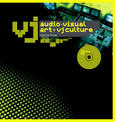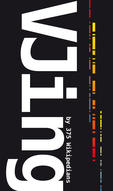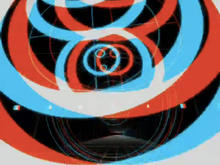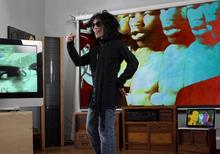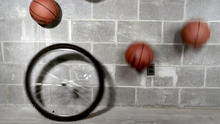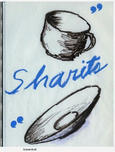Hexstatic
(formed in 1997) is a UK music duo, consisting of Stuart Warren Hill and Robin Brunson, that specializes in creating "quirky audio visual electro."

Formed in 1997 after Hill and Brunson met while producing visuals at the Channel Five launch party, they decided to take over for the original members of the Ninja Tune multimedia collective Hex that had disbanded around the same time. They soon collaborated with Coldcut for the Natural Rhythms Trilogy, including the critically acclaimed A/V single Timber. Much of their music involves integrated visual experiences, and both of their main album releases have been CD and DVD combinations; the latest, Master-View, includes 3D "anaglyph" versions of some of their music videos and comes packaged with 3D glasses. Hexstatic has also been instrumental in designing VJ equipment, including the Pioneer DVJ-X1 professional DVD player. Other artists they have worked with include EBN, Juice Aleem and David Byrne of Talking Heads.
For live performances Stuart Hill usually controls the visuals while Brunson handles the audio. Their setup includes Pioneer DVJ-X1's and Apple laptops for live AV mixing. Since their art crosses a lot of boundaries they have performed at art galleries and cinemas as well as festivals and smaller clubs. After viewing Timber, David Byrne asked Hexstatic to do the visuals for his performance at the 1998 Lisbon Expo. Since then they performed the first ever live AV gig at the Guggenheim in Bilbao as well as at the Pompidou Centre in Paris and the Getty Museum in Los Angeles. In September 2005, they projected video on a huge water screen over the River Thames in London as part of the Thames Festival. They also have performed at the huge Electraglide raves in Japan for over 10,000 people.
They completed the world's first audio-visual album which was previewed at the onedotzero festival in London at the ICA. since then they have had a strong relationship and featured in many of the organisations events at home and abroad including Tokyo, Taipei and Stockholm.
Source: Wikipedia
